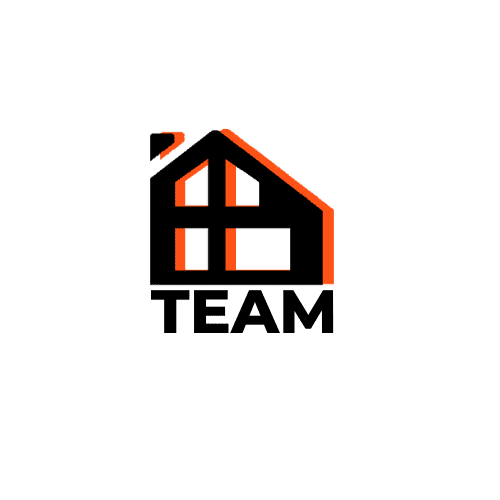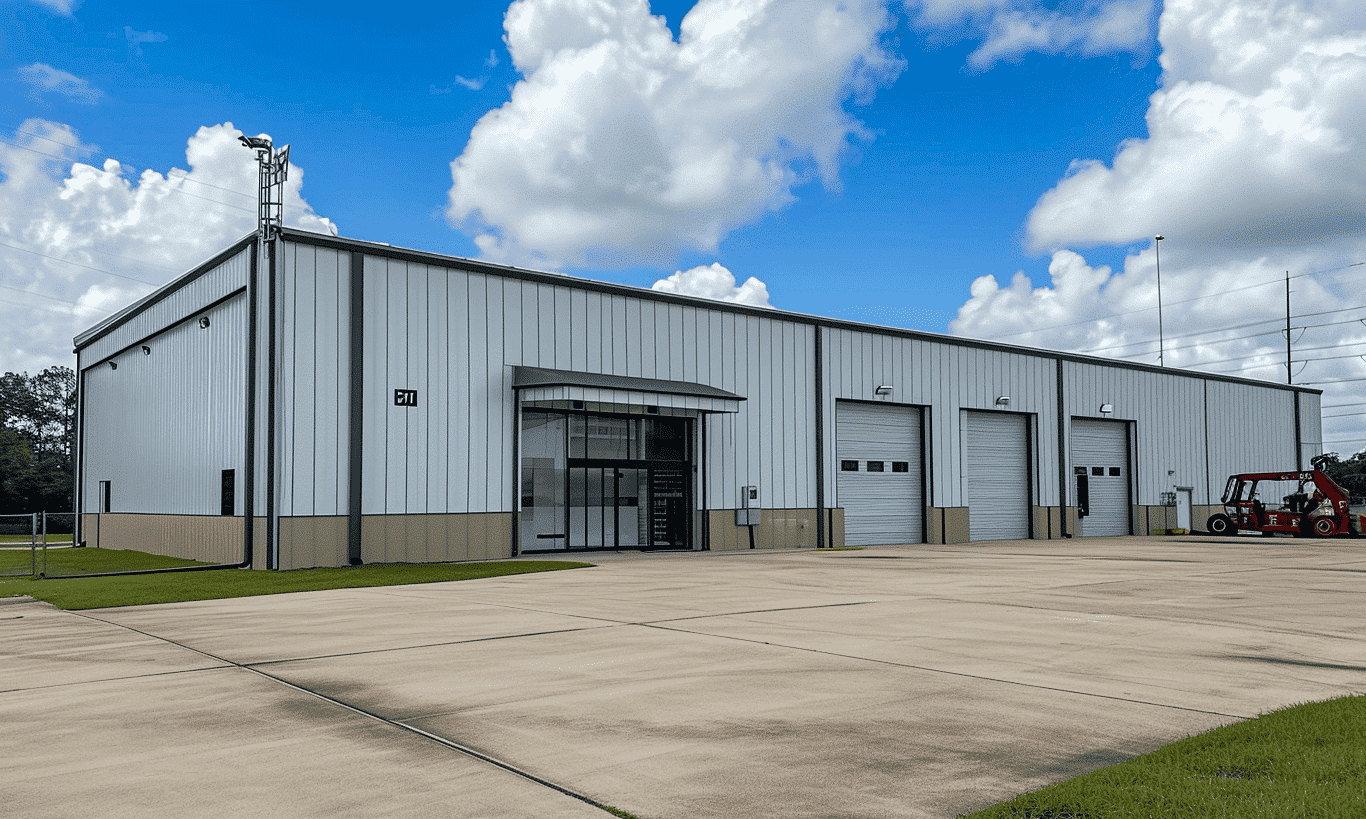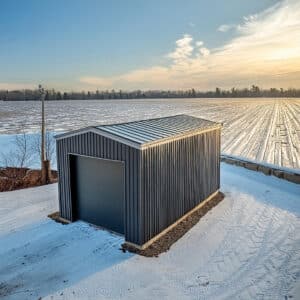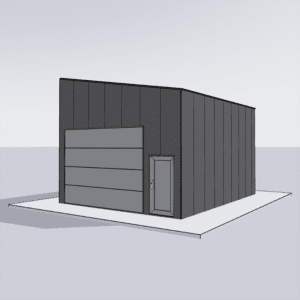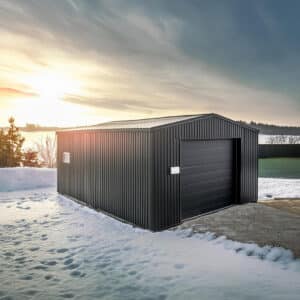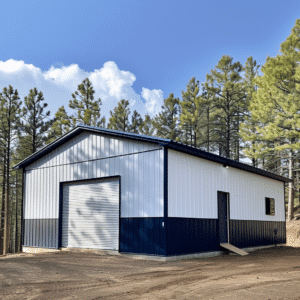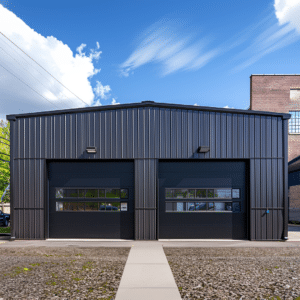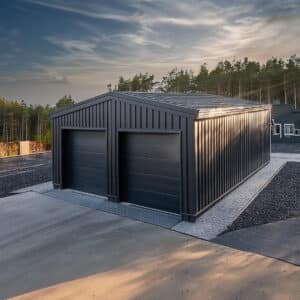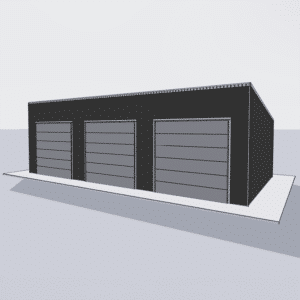An Introduction to Green Building Codes
Have you ever wondered how much energy is consumed by buildings? The truth might surprise you. Buildings, as a whole, account for a staggering 40% of global energy consumption. This is where green building codes come into play, establishing standards that aim to reduce energy use, promote sustainability, and enhance environmental responsibility in the construction industry. But what exactly are these green codes, and how are they shaping the future of sustainable construction?
Understanding and implementing green building codes are crucial in the quest for sustainable architecture. These codes pave the path for a more eco-friendly construction environment, urging builders and designers to adhere to practices that promote energy efficiency and reduce carbon footprints. Let’s dive deeper into the world of green building codes by exploring their significance, history, and how they affect the construction industry today.
The Evolution and Importance of Green Building Codes
Green building codes are not just a contemporary trend; they have been evolving for decades as the awareness of environmental issues has grown. With climate change knocking on our doors, these regulations help address the complex challenges related to energy consumption, water conservation, and waste management in construction.
The ultimate goal of green building codes is to strike a balance between human activity and environmental preservation. By mandating minimum requirements for the design, construction, and maintenance of buildings that factor in energy efficiency and sustainability, these codes provide a framework that promotes healthier indoor environments while reducing total energy use.
How Green Building Codes Impact the Construction Industry
Integrating green building codes into the construction industry impacts several processes, from initial planning and design to project completion. By enforcing eco-friendly practices, these codes encourage the use of sustainable materials, energy-efficient systems, and innovative designs.
In Canada, for example, the Government of Canada – Green Building Codes work to ensure that new buildings meet specific environmental standards. By adhering to these codes, Canadian builders contribute to the reduction of greenhouse gas emissions and energy consumption in the country.
Additionally, green building codes often complement frameworks like LEED certification, which encourages sustainable architecture and design practices across the globe. LEED certification demonstrates a commitment to responsible building practices and environmental stewardship, and it aligns well with the principles of green building codes.
Core Elements of Green Building Codes
To better understand how green building codes shape sustainable construction practices, we must delve into the core elements that these regulations typically cover. These elements center on energy efficiency, resource conservation, and environmental friendliness.
Energy Efficiency
One of the primary focuses of green building codes is to increase energy efficiency in buildings. This involves designing systems that reduce energy consumption while leveraging renewable energy resources. For instance, updated insulation techniques, advanced heating and cooling systems, and solar panels all aim to bolster a building’s energy performance.
Resource Conservation
Green building codes also encourage resource conservation by promoting the use of sustainable and recycled materials. These regulations include requirements for water conservation practices, such as the installation of low-flow plumbing fixtures and rainwater harvesting systems, to ensure the efficient use of vital resources. Sustainable construction methods emphasize reducing material waste and increasing recycling efforts during building projects.
Environmental Friendliness
Lastly, green building codes stress the importance of building in harmony with the environment. Emphasizing site selection, building orientation, and landscape integration, these codes promote the establishment of eco-friendly developments that consider the local fauna and flora. This holistic approach enhances the environmental responsibility of builders and prioritizes maintaining an ecological balance.
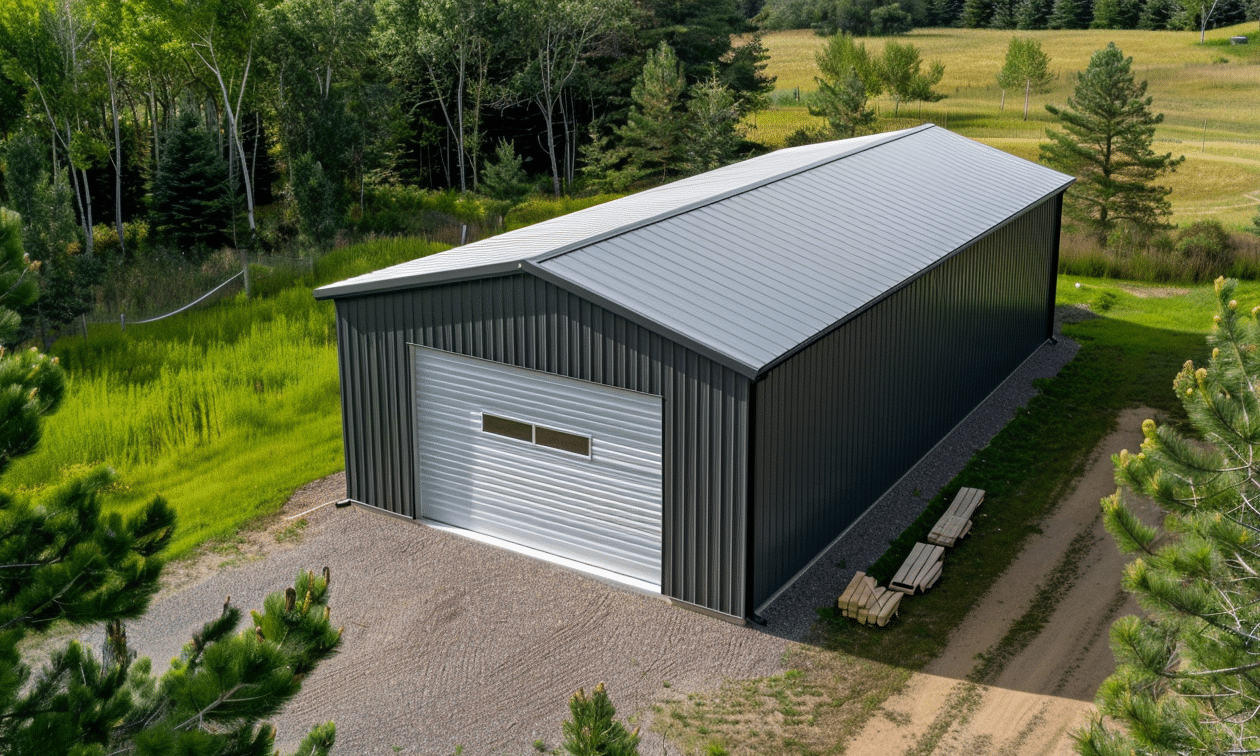
The Future of Green Building Codes
As technologies advance and environmental awareness grows, green building codes will inevitably evolve to accommodate new innovations and address the pressing needs of our planet. But how does the future look for these eco-friendly regulations, and what can we expect in the coming years?
Future green building codes will likely raise the bar even higher, placing greater emphasis on renewable energy adoption, waste reduction, and innovative building practices. In doing so, they may encourage the growth of alternative construction methods, such as passive homes and structures designed with biophilic principles.
Additionally, as modern society faces increased global challenges, green building codes will likely expand to integrate “smart” technologies that optimize a building’s energy consumption and environmental performance. Integrating the Internet of Things (IoT) and building automation systems can provide real-time insights into a building’s health, ensuring that it operates as efficiently as possible.
Impact on Industries and Society
Beyond the construction sector, green building codes also influence a range of industries, from manufacturing to modern agriculture. By encouraging sustainable practices across the board, these codes promote a more responsible approach to how products are designed, produced, and consumed.
For example, modern agriculture buildings designed with sustainability in mind can enhance food production efficiency while minimizing environmental impacts. Such efforts are crucial to ensuring a healthier environment and a more balanced future for everyone.
Permits and Local Building Codes also play an essential role in the successful implementation of green building standards. Local governments, working hand-in-hand with industry players, can streamline the permit process for green building projects, setting a solid foundation for sustainable development.
Conclusion: Embracing a Green Future
In closing, green building codes have emerged as one of the most important tools for building a more ecologically conscious society. These forward-thinking regulations encourage sustainable architecture and responsible construction practices, helping us reduce energy consumption, conserve resources, and protect our planet for future generations.
As green building codes continue to evolve, we can expect to see even more groundbreaking advancements in construction practices and technology. Embracing these changes is crucial for shaping a future where buildings don’t just provide shelter but also contribute to a healthier and more sustainable environment.
Do you have a construction project in mind? Whether you’re planning new builds or renovations, incorporating green building codes into your design process can transform your project into a lasting testament to sustainability. Ready to build the future?
